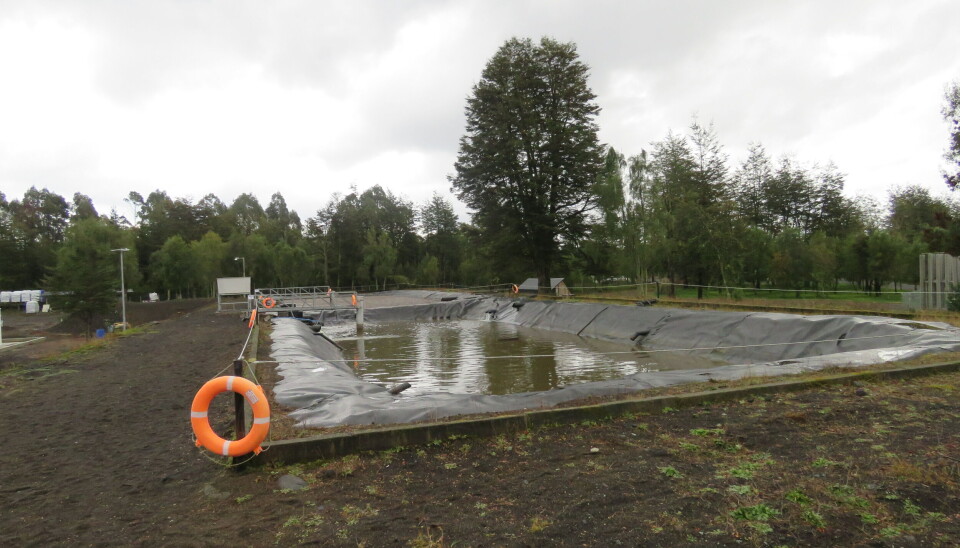
New regulations published for the management of sludge freshwater fish farming in Chile
Fish farm sludge that uses only fresh water can be applied to the soil through an Application Plan that must include characterization of the application area, sludge, and application method.
Last Thursday, July 11, it was published in the Chilean Official Gazette the "Regulation for the management of sludge generated in effluent treatment plants of fish farms", which aims to establish the sanitary, agricultural, aquacultural, and environmental requirements for the management of sludge generated in effluent treatment plants of fish farms.
The regulation, which will come into effect in July 2025, arises due to the lack of a specific regulation where the main destination of the sludge is its final disposal in landfills and sanitary landfills, which could be utilized.
In fact, the same document indicates that there are studies showing that the application of sludge from fish farms to soils has a positive impact on the physical conditions and productivity of the soils, as a result of the incorporation of organic matter and nutrients, especially nitrogen and phosphorus.
For the sanitary management of sludge
The regulations will apply to fish farms that use only fresh water throughout their production process and must have specific sludge management facilities, whose project is approved and authorized by the respective Regional Ministerial Health Secretariat prior to its operation.
These facilities must comply with a series of detailed requirements in the new standard, such as, for example, avoiding sources of unsanitary conditions that may pose risks to human health, as well as the proliferation of vectors of sanitary interest or annoying odors.
The sludge can be stabilized under the following conditions: having been subjected to an anaerobic digestion process in which at least 60% of the volatile solids have been reduced; or that they have been treated aerobically and it is demonstrated that they have a specific oxygen consumption rate (SOUR) equal to or less than 1 mg of oxygen per gram of organic matter per hour.
When it is not possible to apply the sludge to the soil, it must be recovered or disposed of permanently in authorized facilities, in compliance with current health and environmental regulations.
For its application to the soil
Before applying sludge to the soil (raw or stabilized), the generator must develop an Application Plan, where they must define the duration of their Plan, which in no case may exceed three years. The generator must submit the Application Plan, as well as its modifications, at least one month before the start of the first application, to the corresponding Regional Directorate of the Agricultural and Livestock Service.
The Plan must include information about the application area and its representation on a georeferenced map, physicochemical characterization of the soil receiving the sludge, characterization of the sludges, amount of sludge to be applied annually in m3/ha or ton/h, and application methodology.
Then, to be applied to the soil, specialized machinery must be used to ensure a uniform and homogeneous distribution, promoting the retention of nutrients in the soil, preventing damage to the crop and soil compaction, and in soils with soil moisture below the Field Capacity. In the case of application to pastures, grazing should be avoided for 30 days following the last application.
The application of sludge to the soil is prohibited in case of detecting, in the fish of cultivation, the presence of an infectious agent or high-risk disease (HRD) classified in List 1, and sludge must be free of antibiotics.
The supervision of compliance with the provisions of the new regulation will correspond to the Regional Ministerial Health Secretariats, the Regional Directorates of the Agricultural and Livestock Service, and the Regional Directorates of Sernapesca that correspond, within the scope of their competencies.
Review the complete regulations here.



















